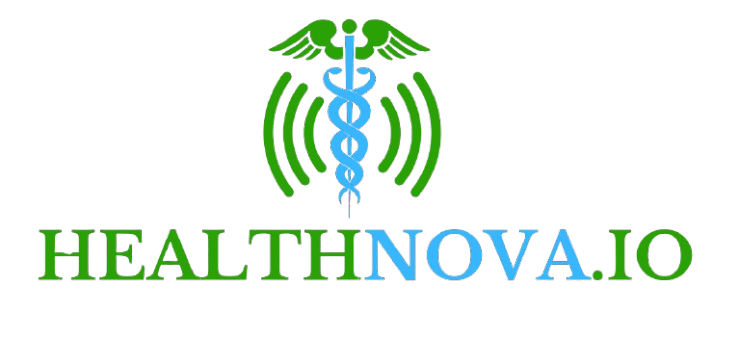Groundbreaking new research published in the journal natural food The U.S. Federal Dietary Guidelines and other healthy diet models reveal that different food mixes can result in varying levels of forced labor risk. At the top of the study’s findings were protein foods, dairy products and hand-harvested fruit, which drove most risks.
Researchers from the Friedman School at Tufts and the University of Nottingham scored more than 200 common American food items for exposure to forced labor and then divided these risk scores into five diets: the Healthy American Diet and the Healthy Mediterranean. Diet, Healthy Vegetarian Diet, 2019 EAT-Lancet Planetary Health Diet, and Current Average American Diet).

“We found that the recommended healthy diet, depending on the mix of foods, may be associated with a higher or lower risk of forced labor than the diet Americans currently eat,” says Nicole Tichenor Blackstone, an associate professor at the Friedman School and senior author of the paper.
The American and Mediterranean diets ranked worse than today’s average American diet in terms of vulnerability to forced labor. The high seafood content in the Mediterranean diet increased risk, while dairy was the biggest risk factor in the American diet. In contrast, vegetarian and planetary health diets were associated with lower total risk, but nuts and seeds emerged as large drivers of these plant-based patterns.
This study highlights that protein sources, including animals, plants and seafood, are central to the risk of forced labor in the food system. In the context of livestock, the authors included risks associated with slaughter, meat processing, and feed production. They also noted that hand-harvested fruits and nuts or labor-intensive fishing significantly expand exposure.
 Unsplash
Unsplash
Researchers emphasize that forced labor cannot be eradicated by changing eating habits alone. Nonetheless, the implications for food procurement policy are significant, given that the Dietary Guidelines for Americans impact school lunches, institutional purchasing, and federal food programs. “We hope our research will serve as a starting point for communities to shape dietary transitions that promote equity and justice along with health and sustainability,” Blackstone said.
Jessica Decker Sparks, assistant professor at Tufts and corresponding author, discusses worker-driven solutions. “The best way to reduce forced labor in the food supply chain is to empower workers to develop solutions and back them up with legally binding contracts that protect them from retaliation,” she says. Sparks points to models like the Fair Food Program, which strengthens labor standards along with trade policies that ban farm workers from importing products produced with forced labor, as a way to align ethics and supply chain integrity.
Situation, Data, Urgency
International Labor Organization worldwide estimate More than 27 million people are trapped in forced labor, many of them in the private economy, including agriculture. In the food system specifically, previous research has found that animal proteins, processed fruits and vegetables, and discretionary foods (such as sweeteners and coffee) account for the majority of forced labor risks, with 62% of those risks occurring in U.S. production or processing.
The seafood sector faces particularly serious challenges. The U.S. government has raised concerns about forced labor on imported seafood and is calling for greater traceability and inspection. Ships labeled “miracles of convenience” have long been associated with exploitative labor practices.
 getty
getty
At the same time, corporate practices are generally lagging behind. recent report A survey by Walk Free and WikiRate found that despite growing evidence of abuses in high-risk industries, only 14% of companies disclosed forced labor incidents in their supply chains. Trade crackdowns are also gaining momentum. U.S. Customs routinely blocks all or part of products made with forced labor, and a new report from the Bureau of International Labor Affairs provides further insight into the risks of illicit supply chains.
Against this backdrop, new research reframes how we think about “healthy eating.” Rather than focusing solely on nutrients or the environment, this suggests that ethical sourcing should be a parallel axis of diet planning, especially in situations where public institutions wield enormous purchasing power.










































